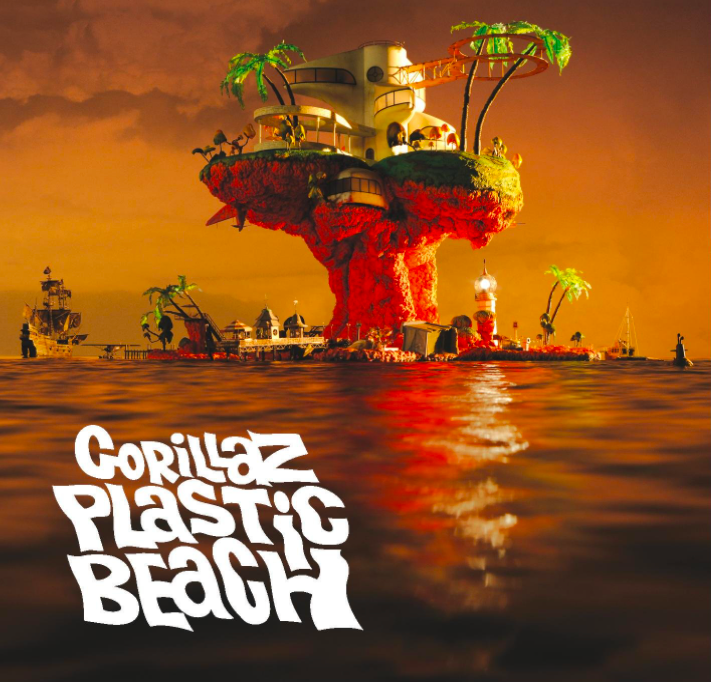Say No to NFTs in the Art and Music Industry
The latest fad in capitalism is the non-fungible token (NFT). In this case, non-fungible means “unique and irreplaceable” — for example, a vintage baseball trading card would be non-fungible. A non-fungible token is a unit of data stored on a blockchain, which is a growing list of records, called blocks, that are linked using cryptography. NFTs can be anything digital: music, artwork, or a tweet. Whatever the creator puts up for sale is fair game.
The New York Times writer Kevin Roose describes NFTs as “a kind of digital collectible item that is stamped with a unique bit of code that serves as a permanent record of its authenticity [that] is stored on a blockchain.” Roose adds that “the nature of blockchain technology means that once a token is created, it can’t be deleted or counterfeited.” Anybody can tokenize their work to sell as an NFT, and some NFT sellers to this date include National Football League star Rob Gronkowski and Twitter founder Jack Dorsey. As of late March, collectors have spent more than 200 million dollars on an array of NFT-based artwork.
NFTs are essentially the evolved form of fine art collecting; this time, they are all digital. The catch, though, is that NFTs are not as unique as vendors have made them out to be. You can copy a digital file as many times as you want, including the art that is included with an NFT, or you can view the same NFT file that someone purchased for millions of dollars for free. Essentially, NFTs are designed to give you something that cannot be copied: ownership of the work. In reality, this ownership does not offer much other than the feeling of having a special collector’s item.
There is another catch: the artist can still retain the copyright and reproduction rights, just like with physical artwork. Therefore, NFTs act as limited edition digital goods. To compare it to physical art purchasing, anyone can buy a Monet print, but only one person can own the original painting. NFTs of artworks are similar to autographed items because the NFT buyer rarely gains possession of the “original” digital file.
In February, an NFT representing the meme animation Nyan Cat was sold in an Internet marketplace for just under 600,000 dollars. Nyan Cat is the name of a YouTube video from April 2011, which became a popular internet meme. The Nyan Cat video has over 180 million views, so it was still sold on the blockchain for a high price.
“NFTs drive a consumerist culture instead of a relationship-based one,” Thomas White (I) says. With NFTs, the purchase of art is less personalized, to the point where it is solely a business transaction done via the web. Purchasing art used to be an activity for a rainy Sunday stroll around town, but now, buying from an artist just requires the click of a button from your own living room.
Despite the seemingly inconsequential nature of NFTs, they actually have a significant hidden drawback: the large carbon footprint for NFT transactions. Since NFTs are one of a kind and very rare, they use programs that will data mine to make sure the transaction is legitimate. They utilize supercomputers that use immense amounts of energy, which is detrimental to the environment. Olivia Ardito (I) states, “It’s sad how many artists, who previously seemed to be advocates for ending climate change, have changed their minds by jumping on the NFT bandwagon.”
Many artists are having to choose between activism and profit. Take Grimes, for example, a Canadian musician whose partner is SpaceX founder Elon Musk. According to The Nation, “Grimes announced in 2019 that she was planning a concept album about […] climate change [as a] way to process the harsh and inevitable realities of global warming.” This year, however, Grimes has sold over six million dollars worth of digital art as NFTs, despite claiming to be a proponent for combating climate change.
NFTs are responsible for millions of tons of planet-heating carbon dioxide emissions, and as they continue to take off, the problem will only get worse. Whenever someone creates, buys or sells an NFT, they are responsible for the emissions generated by program miners. Individual behavior can drive trends; if sales continue to increase dramatically, companies will have to choose between protecting the environment and prioritizing profit. Both consumers and artists need to push for clean energy usage in the NFT industry to make crypto art more sustainable.








Sarah Ruth • May 9, 2022 at 8:10 pm
very interesting! love it bella